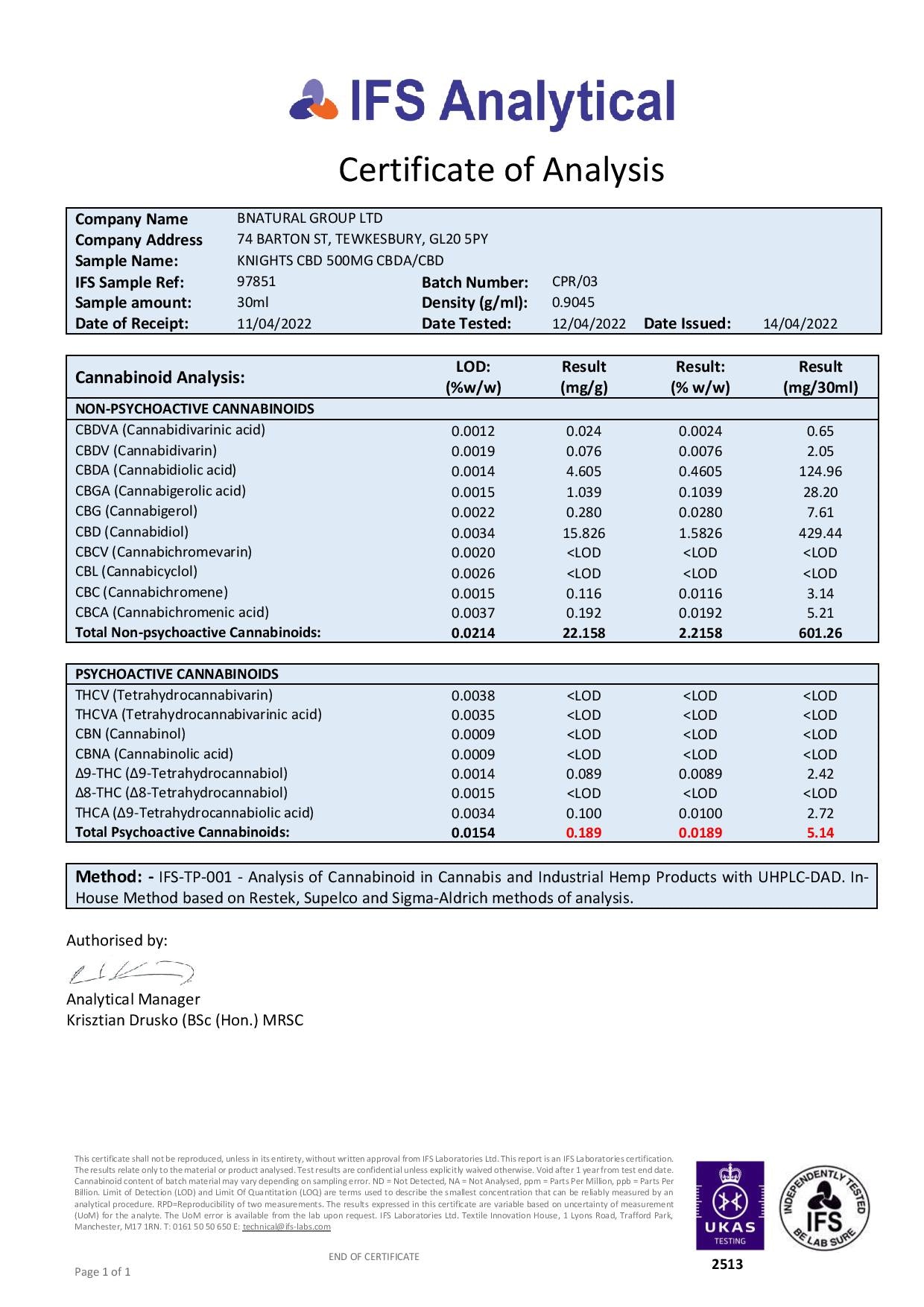


However, treatment response varies considerably and is often difficult to predict. Given the significant SSRI–cannabinoid interactions, clinicians should discuss THC and CBD use in youth prescribed SSRIs and be aware of the impact of initiating, stopping, or decreasing cannabinoid use as this may significantly affect es/citalopram and sertraline exposure.Īnxiety and depressive disorders, the most common mental health conditions in children and adolescents, are frequently treated with selective serotonin reuptake inhibitors (SSRIs). In PK models, CBD and/or THC increases sertraline and es/citalopram concentrations in adolescents, and coadministration of CBD and CYP2C19-metabolized SSRIs increases the risk of cough, diarrhea, dizziness, and fatigue. Cannabis and CBD inhibit cytochrome activity, alter serotonergic transmission, and modulate SSRI response.

Using data from the Food and Drug Administration Adverse Events Reporting System (FAERS), the relationship between CBD and CYP2C19-metabolized SSRIs and side effects was examined. Then, the impact of tetrahydrocannabinol (THC) and cannabidiol (CBD) on exposure (AUC 24) and C MAX for escitalopram and sertraline was modeled using pediatric PK data. Cannabinoid metabolism, interactions with SSRIs, impact on relevant PK/PD pathways and known drug–drug interactions were reviewed. We sought to (1) review clinically relevant pharmacokinetic (PK) and pharmacodynamic (PD) interactions between cannabinoids and selected SSRIs, (2) use PK models to examine the impact of cannabinoids on SSRI exposure (area under curve (AUC)) and maximum concentration (C MAX) in adolescents, and (3) examine the frequency of adverse events reported when SSRIs and cannabinoids are used concomitantly. The neuropharmacology of marijuana, including its effects on selective serotonin reuptake inhibitor (SSRI)/antidepressant metabolism and the subsequent response and tolerability in youth, has received limited attention.


 0 kommentar(er)
0 kommentar(er)
